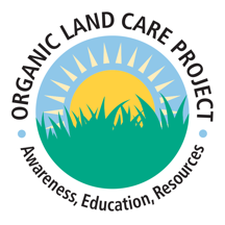If you find yourself faced with a pest problem that must be managed it is important to avoid use of products that can harm beneficial organisms in our landscapes. The vast majority of insects in your yard are helpful. They provide valuable ecosystem services that benefit us like pollination, pest control, soil aeration, nutrient recycling and more.
Organic IPM is a least toxic way of managing pests. There are five main steps:
• First, identify the pest.
• Second, learn about the pest’s biology.
• Third, determine the level you are able to tolerate.
• Fourth, modify your habitat to deter the pest.
• Fifth, monitor pest abundance and damage, if any.
Often times after following these steps, control measures are not needed. Some least toxic controls include exclusion, traps, handpicking, vacuuming, water sprays, and judicious pruning. If a pest still remains above tolerance levels after implementing these options, then an organic compatible product may be considered. This would include OMRI certified and minimum risk (25(b) exempt) products. Follow all label directions exactly to avoid harming beneficial and non-target organisms. See Organic Alternatives for product suggestions.
Source: Introduction to Organic Lawns and Yards by Sarah Little, PhD
Click here to return to Resources for Homeowners
Organic IPM is a least toxic way of managing pests. There are five main steps:
• First, identify the pest.
• Second, learn about the pest’s biology.
• Third, determine the level you are able to tolerate.
• Fourth, modify your habitat to deter the pest.
• Fifth, monitor pest abundance and damage, if any.
Often times after following these steps, control measures are not needed. Some least toxic controls include exclusion, traps, handpicking, vacuuming, water sprays, and judicious pruning. If a pest still remains above tolerance levels after implementing these options, then an organic compatible product may be considered. This would include OMRI certified and minimum risk (25(b) exempt) products. Follow all label directions exactly to avoid harming beneficial and non-target organisms. See Organic Alternatives for product suggestions.
Source: Introduction to Organic Lawns and Yards by Sarah Little, PhD
Click here to return to Resources for Homeowners

